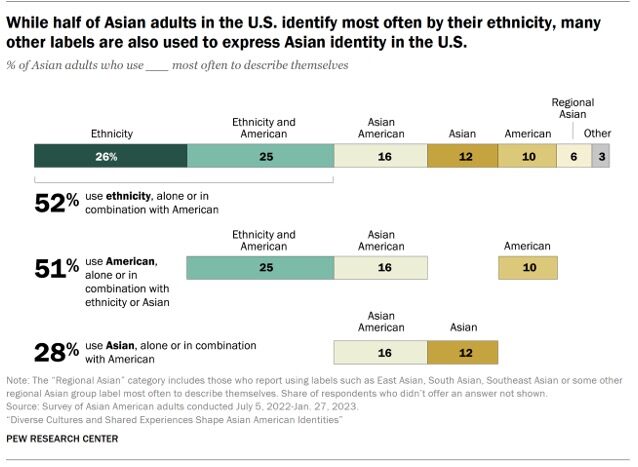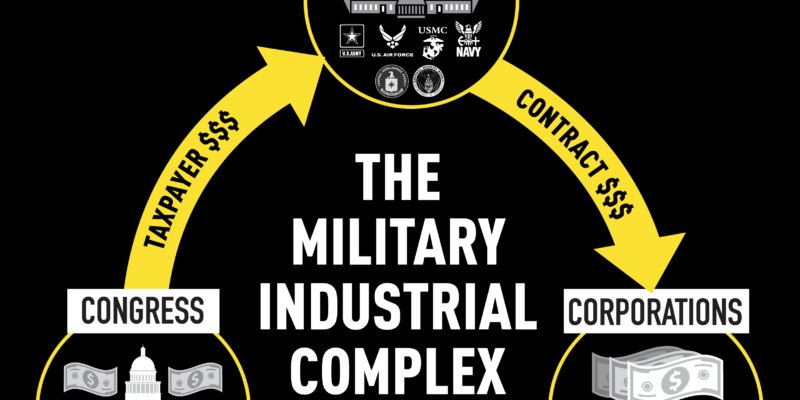
Insights to Impact: Using Survey Data in Advocacy Communications
![]() In Part 1 of this series, we explored the strengths and limitations of surveys in general. In Part 2, we examined public opinion polls—how they can help us understand public sentiment but shouldn’t be over-interpreted or used to predict the future. This third and final part brings these concepts together to discuss how to use polling data strategically in your media work to amplify your message, reach target audiences, and bolster the credibility of your communications.
In Part 1 of this series, we explored the strengths and limitations of surveys in general. In Part 2, we examined public opinion polls—how they can help us understand public sentiment but shouldn’t be over-interpreted or used to predict the future. This third and final part brings these concepts together to discuss how to use polling data strategically in your media work to amplify your message, reach target audiences, and bolster the credibility of your communications.
Assess Existing Public Opinion
Before crafting a message, it’s crucial to understand where the public stands. This step goes beyond merely knowing approval or disapproval rates; it involves breaking down why people hold specific views. Public opinion data can reveal these nuances and guide us in building narratives that reflect and resonate with public sentiment. For instance, if a poll shows 45% approval and 50% disapproval on a key issue, consider factors like demographic splits and historical trends to understand underlying perspectives. (Be sure to check out Part 2 of our series for more detail on this step.)
Use Polls to Inform Strategy
Polling data is invaluable for identifying and understanding your audience. It informs not only who to reach but also the best channels and messengers for maximum impact. Here are three basic steps to help you make the most of polling data to guide strategic decisions:
1. Identify Your Audience
Polling data provides demographic insights, helping you segment your audience and craft messages that resonate with specific groups. For example, if you are crafting a message designed to resonate with Asian Americans, you can turn to Pew Research Center survey data to better understand the different ways that Asian Americans might talk about their identity.

2. Choose Effective Messengers
Once you’ve identified your intended audience, you can use polls to understand which messengers will be most effective in reaching that audience. Gallup’s yearly poll on institutional trust is a great resource for tracking how the public views various American institutions such as the media, the military, and many more.
The most recent iteration of this poll shows that while trust in institutions is on the decline overall, one of the few institutions Americans currently view with confidence is the military. We can assume many Americans view military messengers to be powerful validators. Of course, this is one factor among many when deciding on who the best messengers might be; certain audiences likely won’t be swayed by hearing from someone associated with the military.
Bear in mind that the question of messengers is notoriously difficult to answer; however, polls can help you form educated guesses about what kinds of messengers might be more effective than others for certain groups.
3. Select the Right Channels
Reaching your audience effectively starts with understanding where they get their information. Audience data can reveal which media channels they favor, helping you focus your efforts where they’ll have the most impact. For example, a recent Pew Research Center study of Americans’ news consumption on social media revealed that women make up greater portions of regular news consumers on TikTok and Facebook, while men make up greater shares on Reddit and X. Knowing these preferences among subgroups of a population can inform whether to invest more in digital outreach, and which channels to prioritize.
Beyond the basics, it’s helpful to think creatively about what specific outlets and content creators people are using. Are they likely readers of Teen Vogue, Wired, or GQ? Or maybe they’re avid followers of digital platforms like Vox, Remezcla, or Blavity. Podcasts and video channels, such as Latino USA, Pod Save America, or NowThis, are also valuable for audiences who prefer these formats. The more specific you can get, the better you can tailor your strategy to meet your audience where they already are.
ReThink Media offers a suite of resources on Instagram storytelling, influencer collaborations, and other aspects of social media advocacy. Our team also brings deep experience in media engagement, so don’t hesitate to reach out for support.
Incorporating Polls Into Your Everyday Communications Work
Once you’ve developed a media strategy informed by public opinion, the next step is to seamlessly integrate polling data into your communications toolkit. This might sound like a big task, but it can be simpler than it seems if you make polling data a routine part of your approach. Here are a few impactful ways to leverage polling data:
- Develop talking points: Polling data can provide the backbone for key talking points, adding weight and credibility to your arguments. For example, in an interview or op-ed in which you are advocating for a cease-fire in Gaza, you could cite polls that show a majority of Americans support a cease-fire.
- Support pitches: Data-driven insights can bolster your pitches to journalists by showing substantial public interest or support for the issues you’re highlighting. The numbers add authority, making your story more compelling.
- Enhance media accountability: Polls can also act as a tool for media accountability, helping you demonstrate where coverage might not align with public opinion or highlight issues of underreported importance.
- Test effective messages: When feasible, commissioning a poll to identify messages that resonate most with your audience can be extremely helpful. Surveys that test different arguments against one another can help you tailor your messages to your target audiences with much greater confidence.
There are many ways to effectively weave polling data into your pitches to reporters, or in your media campaigns. No matter the data or the circumstance, remember: Always foreground the narrative, not the numbers. The data could be the hook or the headline, but if it doesn’t speak to a vivid new trend or stunning insight into people’s lives, it won’t make a compelling story. Two ways to make sure the narrative doesn’t get lost are to humanize the data whenever possible, and to pair the numbers with compelling spokespeople who can put a face to the charts and data sets.
One example is the post below, which uses data to demonstrate widespread support among Americans, especially across different religious backgrounds, for protecting civilian life. The post combines polling data with a clear moral message, humanizing the numbers to emphasize a broadly shared value that resonates with many people.

This post also employs social norming to show that these values already enjoy widespread support. People are often more likely to support an idea when they feel they’re part of a larger movement. This approach not only validates the message but also invites audiences to see themselves as part of a collective stance.
Wrapping it all up: Survey data can inform targeted advocacy
Whether we’re analyzing views on specific issues, or advocating for key policies, knowing how to interpret and use polling data is an essential skill for leveling up our communications. By harnessing the power of polling data, we can fine-tune our messaging, strengthen coalitions, and sharpen our media outreach. Most importantly, we can connect more meaningfully with our audiences, driving the impact and change we strive for every day.
We hope this post and series have helped you better understand the value of survey data in advocacy work. And remember, ReThink is always here to talk about how to incorporate data into your communications strategy.
For more information about surveys, feel free to reach out to ReThink Media’s Research & Analysis Team at analysis@rethinkmedia.org. For more on incorporating survey data into your communications strategy, please reach out to ReThink Media’s Director of Programs, Burt Edwards: burt@rethinkmedia.org.



